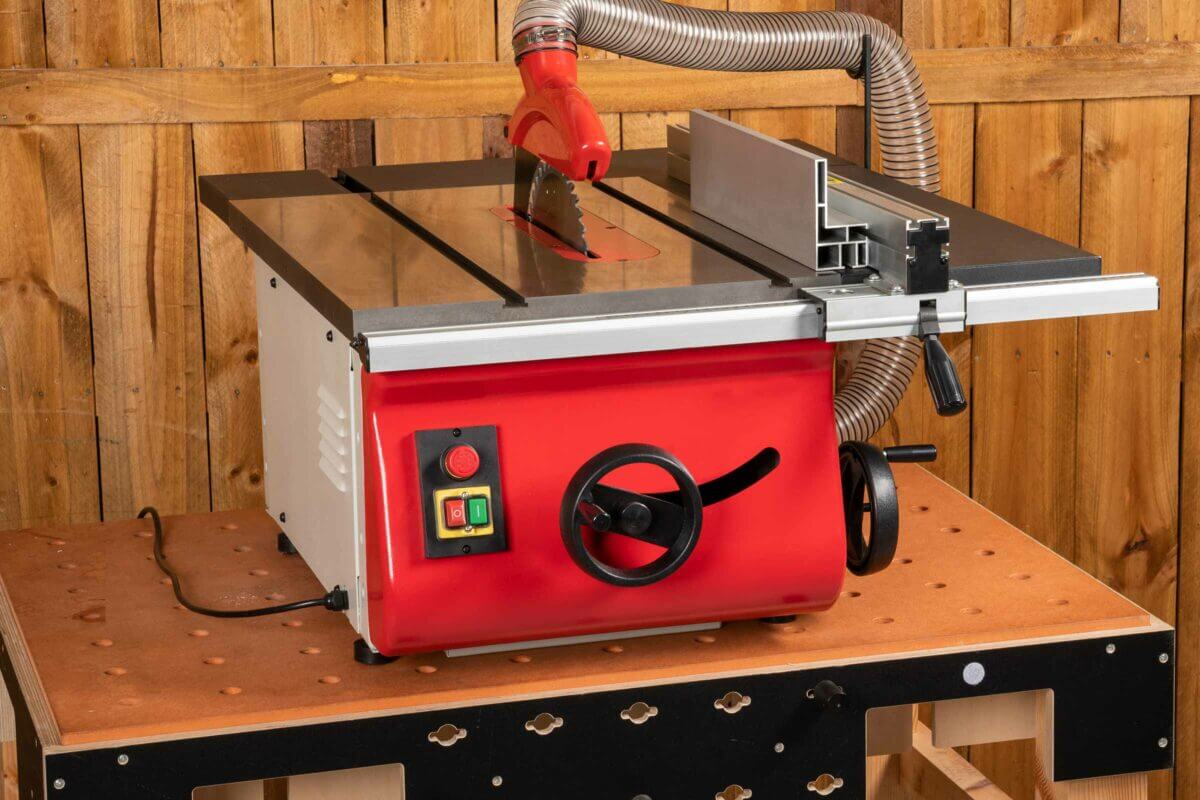Tabletop
A high-quality saw’s table is composed of cast iron and is divided into three sections: a main table that is bolted to the saw base and left and right extension wings. Cast iron has a high dampening effect that reduces vibration, making it desirable. A cast iron table that has been properly made will also stay stable and flat. Because they are more expensive, some contractor saws have a cast iron main table and stamped steel extensions on the left and right. Since it serves as the reference surface for all saw cuts, the cast iron table must be level. At the time of assembly and on a regular basis, the extension wings should be precisely levelled with the main table. They add more surface space for working.
Mitre slot
The main cast iron table has exactly parallel mitre slots that are cut into it. They serve as the direction for jigs like the mitre gauge. In addition to the mitre slots, several manufactured or custom-made jigs and fixtures are used to guide work (such as a tenon jig) or improve accuracy and safety (feather boards). Plain and “T” slots are the two types of mitre slots. The T type is adaptable for attaching fixtures or stops since it supports the use of clamp-in hardware. Typically, mitre slots are 34 inches broad and 3/8 to 1 inch deep.
Mitre gauge
The primary function of the mitre gauge is to support the work at a 90° angle to the blade during safe crosscutting. Or, depending on the gauge, the gauge can be configured to cut angles from 0° to 45° or larger. The gauge can be set in either direction relative to the 90° position and will operate in either mitre slot. For safety and quality purposes, an additional fence made of MDF or plywood is advised. The workpiece can be prevented from slipping during the cut by adding sandpaper to the auxiliary fence. All table saws come with mitre gauges as standard equipment. Many aftermarket mitre gauges are exceptionally accurate and adaptable, especially when used for mitres or intricate angle work, according to certain manufacturers.
